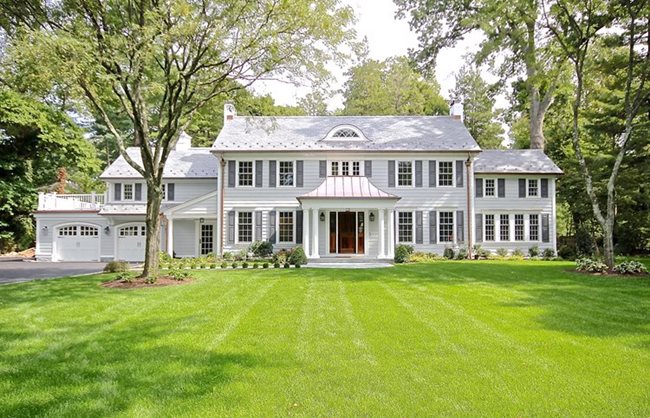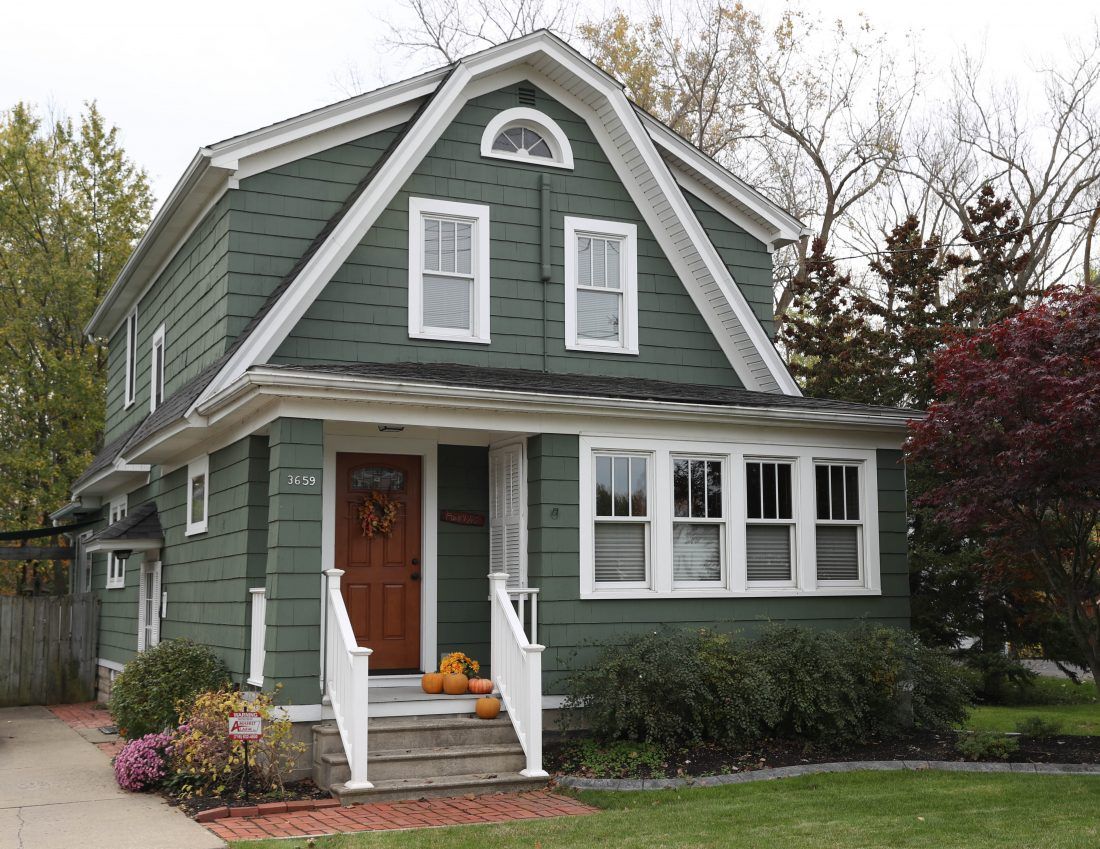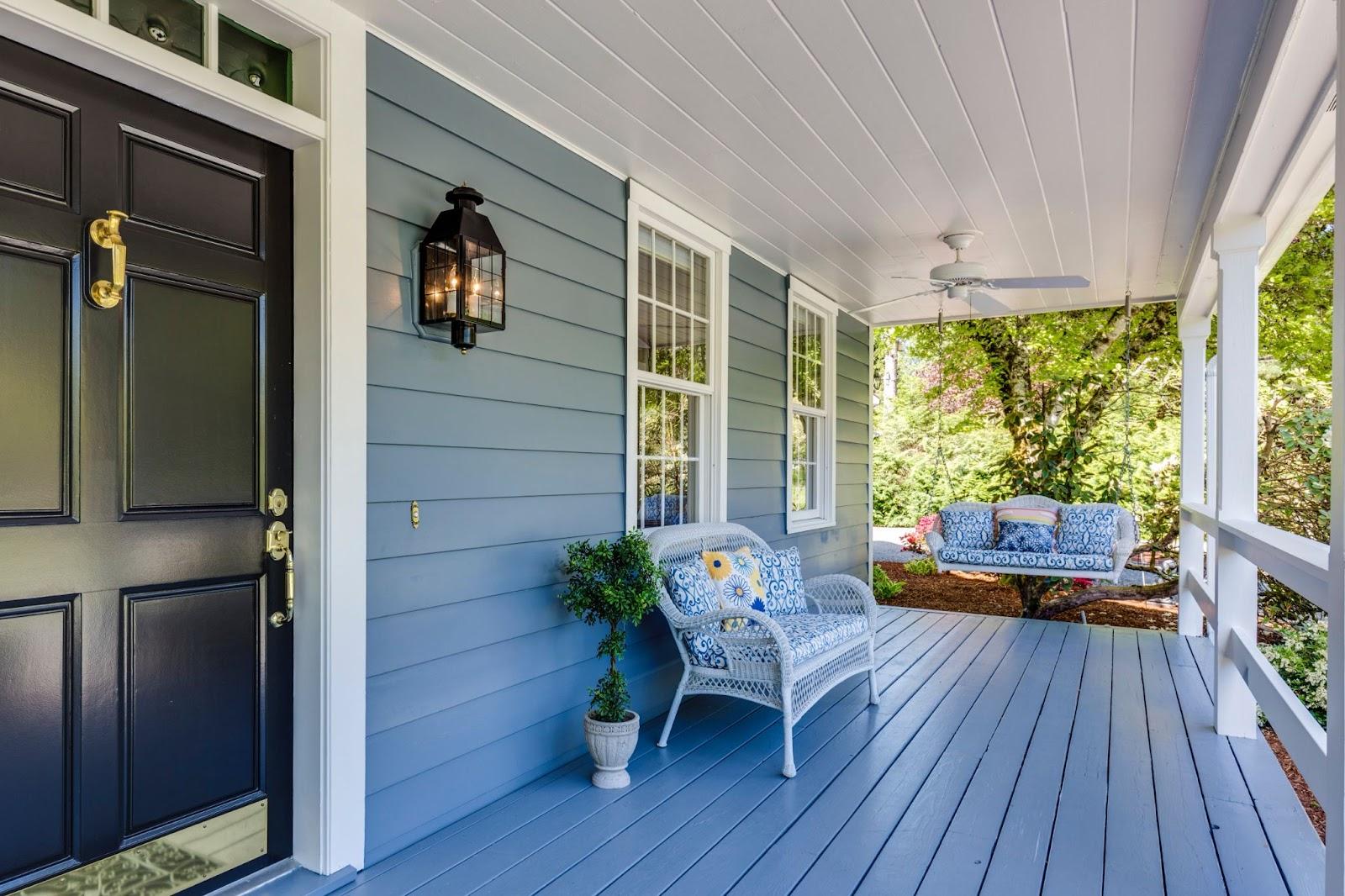From 1600 to 1800, America welcomed people from all over the world, including Latin America, Spain, France, and Germany. These people brought new traditions and cultures with them, including their methods of building and architectural styles.
These colonists used what materials were available locally, and worked with the landscape and climate to create hybrid varieties of homes based upon their traditional styles, Native American techniques, and new innovations in building. Over the years, many unique architectural styles came from these early American settlers. In the 19th and 20th centuries, home construction took from these ideas to create what became known as the ‘Colonial Revival.’
Today, many new builds still use these styles as the foundation of their design, and are commonly referred to as Colonial-style homes. Darren Robertson, Realtor and Founder of Northern Virginia Home Pro, says that Colonial-style homes are prominent in Woodbridge, Virginia and extremely popular with homebuyers in the state.
He continues, “Buying a modern colonial-style home gives you all of the charm without the difficulties of owning an old property.”
Old colonial buildings are becoming harder and harder to come by, and factors such as home insurance for older homes, maintenance and preservation protections must be factored in when considering investment.
The term ‘Colonial’ is often used as a fairly generic term today, but originally there were many different styles of Colonial homes.

New England Colonial
From the 1600s and into the 1700s, New England’s first British settlers sought to reproduce what they were familiar with from England, building timber-frame homes made largely of wood and rock. The huge stone chimneys and medieval-style diamond-pane windows were common features, to the point that the style was also commonly referred to as Post-Medieval English. Unfortunately, given that the original structures were primarily constructed from wood, very few examples remain standing, although you can find many New England Colonial features in modern Neo Colonial houses today.
Cape Cod Colonial
Traditional builds in Cape Cod are a type of New England Colonial style. These humble, one-story constructions are designed to withstand harsh winter conditions and provide practical yet cozy accommodation. Across the country, budget housing has been styled upon the economical design of these Cape Cod Colonials.
Spanish Colonial
Today, the term Spanish Colonial tends to rustle up images of elegant Mediterranean homes with fountained courtyards and beautiful carvings. From the 1600s, however, early settlers from Latin America, Mexico, and Spain built far more simplistic, rustic varieties using wood, stone, and coquina (crushed shells). In addition, thatch, earth, or red clay tiles were used to cover flat roofs.
It is hard to come by any of these original Spanish-inspired homes, although some have been beautifully restored in St. Augustine, Florida.
German Colonial
Original settlers from Germany primarily opted to lay their roots down in New York, Pennsylvania, Maryland, and Ohio. With an abundance of stone available in these areas, the German colonists built robust dwellings with thick stone walls and exposed timber. These homes also commonly featured red clay-tiled roofs, typical of homes in southern Germany at the time. In Pennsylvania, Jacob Keim Farmstead is a wonderful example of German Colonial construction, built in 1753.
Dutch Colonial
Like their German counterparts, the Dutch settlers also opted largely for New York and used their traditional building methods of using brick and stone to create houses that mimicked those of the Netherlands.

Dutch Colonial homes are unique in their use of a gambrel roof – a roof in which there are two slopes on each side, with the lower slope being steeper than the one above it. During the revival era, Dutch Colonials became a popular style, with many featuring this type of rounded gable roof.
Stone Ender Houses
Early American colonial homes were naturally based largely upon local construction materials. In areas rich in limestone, such as Rhode Island, colonists would build homes reminiscent of English dwellings, sometimes utilizing the stone to the point of creating what became known as a Stone Ender House. Stone Enders feature one end of the house built entirely of stone and extending into a huge chimney.
French Colonial
The early French settlers left the east coast of North America to the English, Dutch, and Germans and instead headed for the south, particularly favoring the Mississippi Valley and Louisiana. French Colonial homes are a fascinating architectural mix of European influences combined with building practices originating from Africa, the West Indies, and the Caribbean.

Given the nature of the environment, these houses were designed for hot climates and swampy regions. French Colonials were therefore raised off the ground by piers. Big, breezy open porches – called galleries – connect the interior rooms.
Georgian Colonials
From the late 1600s through to the early 1800s, families with more wealth began building homes with more refinement. These houses imitated the affluent Georgian architecture of Britain and were named after English Kings.
A Colonial Georgian house is a tall, rectangular design, with symmetrically aligned windows on the first and second stories. The style was heavily repopularized in the Colonial Revival era.
Federal and Adam
The original colonial era ended with federalist architecture. As America’s prosperity grew, its residents desired houses and government buildings that embodied style, elegance, and affluence. Taking from the Neoclassical designs of a family of Scottish designers (the Adam brothers), wealthy families and governments constructed grander versions of the Georgian colonial style. Additional porticoes, balustrades, and other architectural decorations created a statelier presence. Today, these buildings are commonly referred to as Federal or Adam style.
Final thoughts
With origins that date back to America’s beginnings, these Colonial-style home designs have spanned the centuries, and many of their characteristics continue to feature heavily in modern architecture.
Modern colonial homes feature classic American architecture and a timeless, elegant aesthetic that remains popular to this day.

